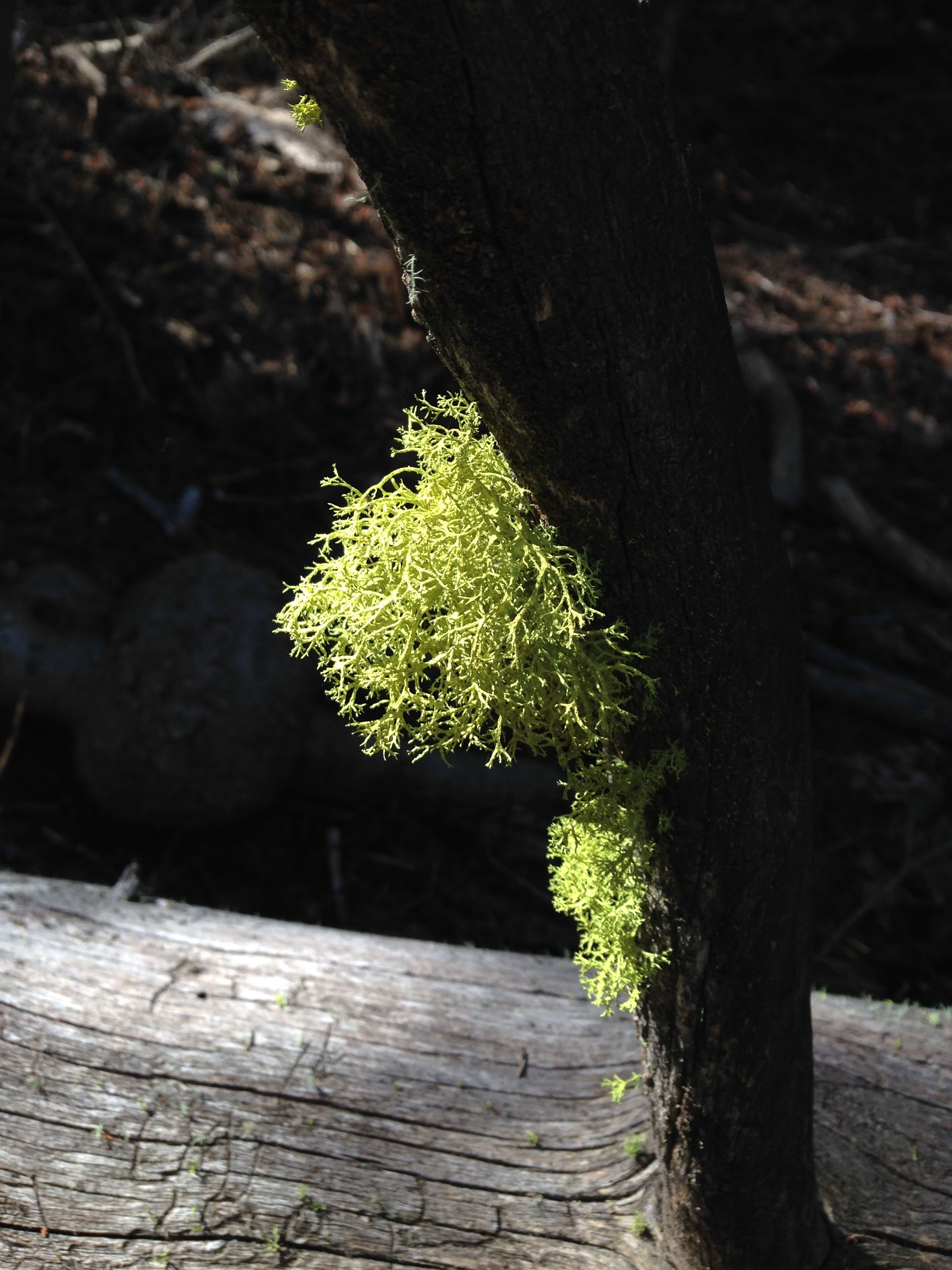Since my last blog entry, this collecting season has been crazy! My team and I have made way more collections than we had by this time last year, and we’ve visited nearly all of our 84 or so sites that we have permits for.
In addition to seed collections, I had the opportunity to attend the Cullowhee Native Plant Conference in Cullowhee, NC for 4 days! I had heard about the conference over the past few years, both working at the North Carolina Botanical Garden, and studying at North Carolina State University for my undergrad degree. Everyone that had been to the conference raved about it. There were remarks ranging from “…you’ll learn more about native plants than you thought possible…” to “…it’s the one place I feel comfortable geeking out about plants…”.
I must say, my experience was leaps and bounds better than I imagined it to be, and I had pretty high hopes going into it. One part that I particularly enjoyed, and that is pertinent to this blog, was the poster session. I had the honor of presenting a poster on SOS East to anyone and everyone that was interested in learning about it. Most people were very familiar with seed banking, whether by first-hand experience, or indirectly via their own personal involvement with plants and seeds. Some people here and there were knowledgeable on Seeds of Success and its presence out West, where most of my fellow interns are enjoying their time.
Being generous, I’d say 10% of the people I spoke to were aware of SOS on the East Coast. The fact that my team and I, at the North Carolina Botanical Garden, along with the teams at the Greenbelt Native Plant Center in New York, and the New England Wildflower Society in Massachusetts, are doing large scale native plant seed collection on the East Coast was a huge shock to people. One comment that I heard, phrased in many different ways, was this – “It’s about time.” Every person I spoke to had a very strong opinion when it came to seed banking, and especially for the purpose of restoration on the East Coast. Don’t get me wrong, the need for seed in the West is huge, and I’m so incredibly grateful for the work everyone is doing out there, but the fact that until last year there was no comparable work being done East of the Mississippi River, is a joke. The East Coast gets battered by hurricanes constantly. The rate at which development here is happening at an ever quickening pace is painful to watch. Habitat loss is happening everywhere you look, and there is not enough locally adapted and locally sourced seed to fill the need for restoration efforts. Not to mention, most people don’t even know about the presence of SOS on the East Coast.
I did what I could to inform my fellow botanists, hobbyists, nursery managers, researchers, etc. on our work, and the response was fantastic. Everyone loved the work we’re doing, it seems word is spreading (albeit slowly) throughout the ‘plant world’.
My personal mission while at the conference was to get people thinking about how important the work that SOS does, truly is, and by the same token, convince people that SOS needs to broaden its reach. Right now, we on the East Coast only cover from Maine down to North Carolina. I believe it is of utmost importance to extent SOS East down south through Florida and West along the Gulf Coast, where damage is caused quite frequently. Anyone with memory of Hurricanes Andrew, Wilma, Katrina, Floyd, Fran… knows just how devastating storms on the East Coast are.
Anyway, I’ll end my rant there. I thoroughly enjoyed my time at the Cullowhee Native Plant Conference and am forever grateful for the funding I received from the North Carolina Native Plant Society that allowed me to attend this year. I hope very much to attend next year and every year thereafter.
Here’s a photo of me with my poster:

SOS East poster at the Cullowhee Native Plant Conference in Cullowhee, NC
And for those of you wanting to see some nice native plants and seeds from my travels with SOS:

Borrichia frutescens flowers

Sabatia brachiata flower

Bolboschoenus robustus seeds

Viburnum dentatum fruits

Rubus hispidus fruits

Asclepias incarnata flowers

Hibiscus moscheutos flowers

Schoenoplectus americanus fruits

Pontederia cordata flowers





























 The Townsend’s Big Eared Bat caught near Painted Peak in Washoe County, Nevada. (Photo by Jennifer Mueller)
The Townsend’s Big Eared Bat caught near Painted Peak in Washoe County, Nevada. (Photo by Jennifer Mueller)































